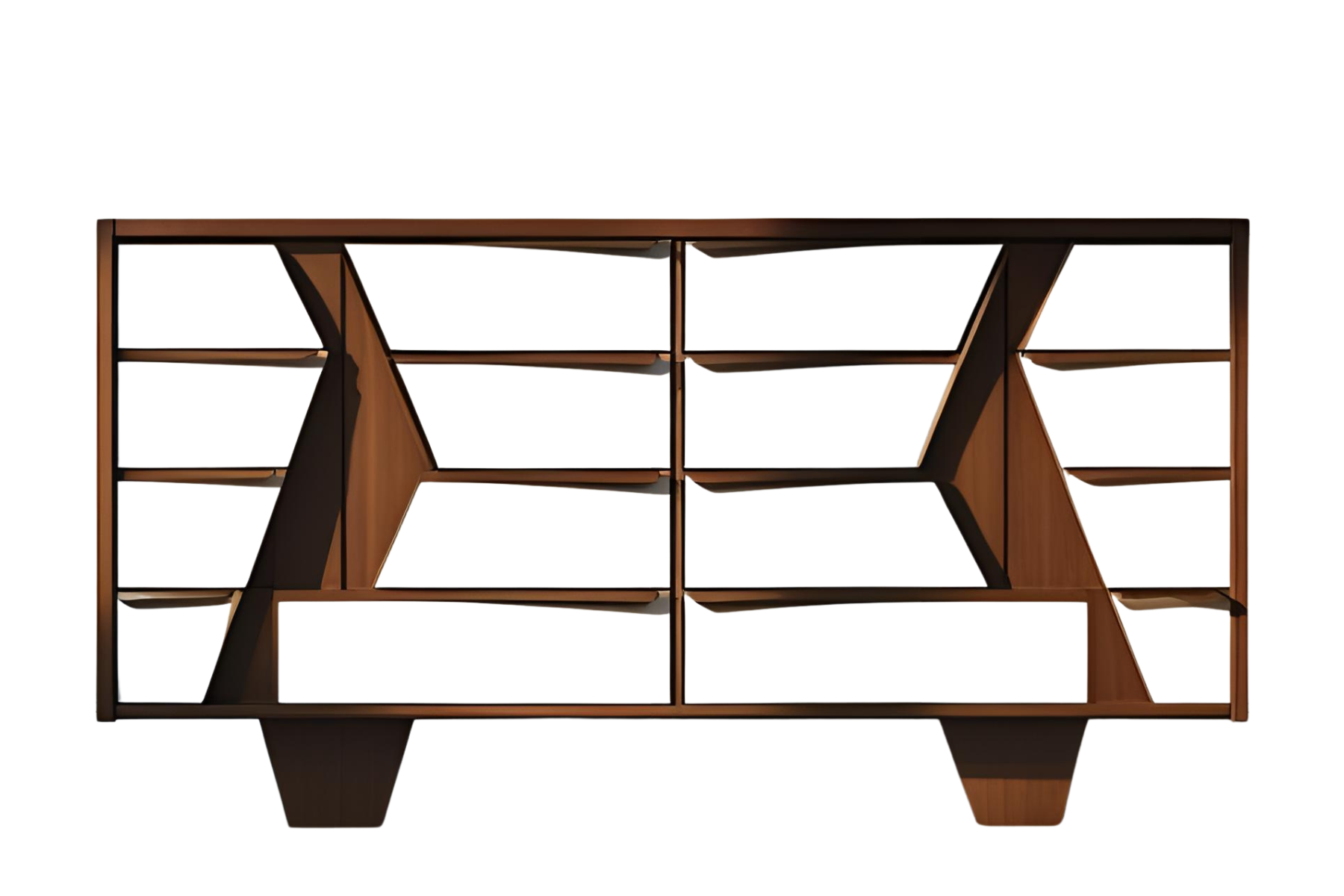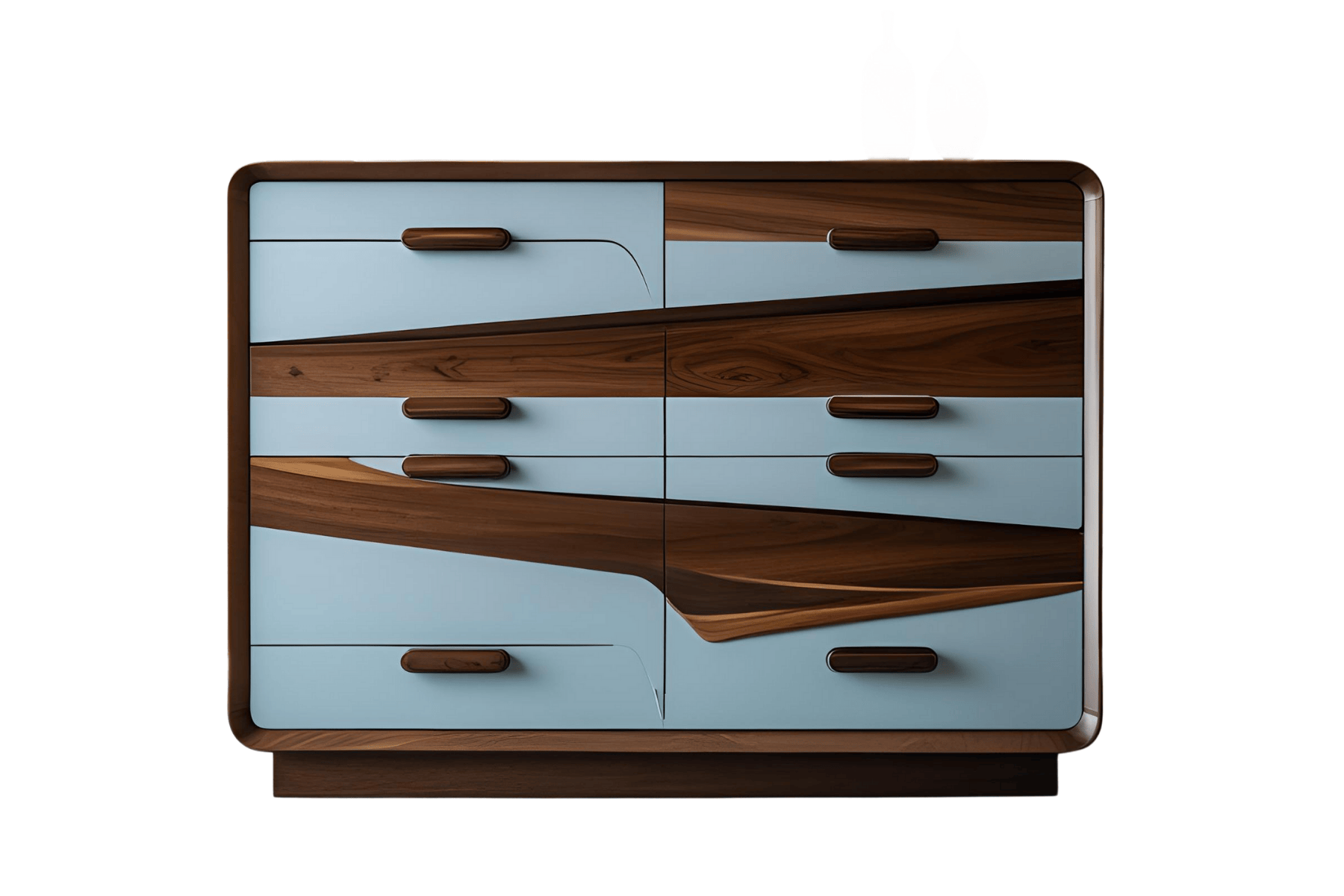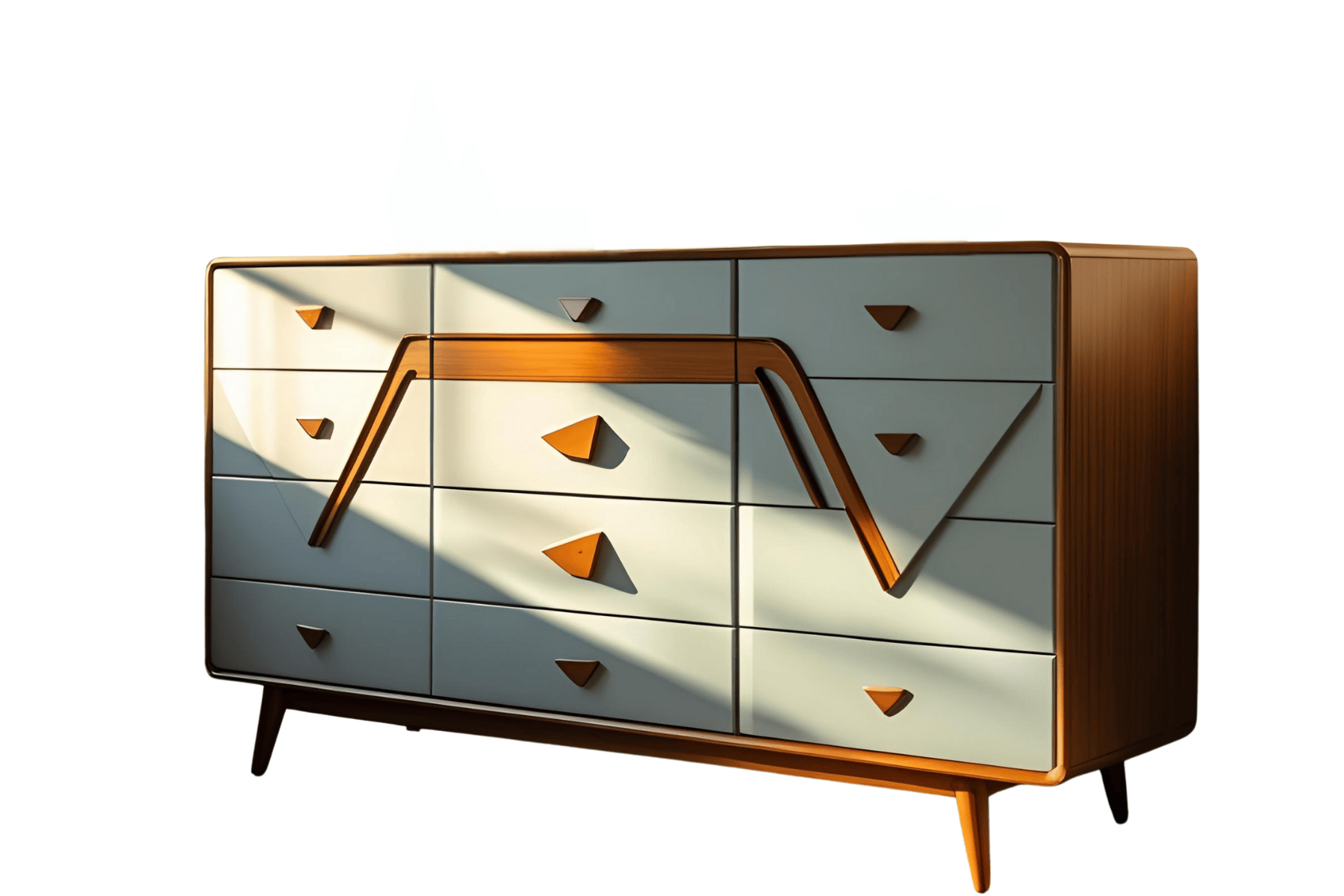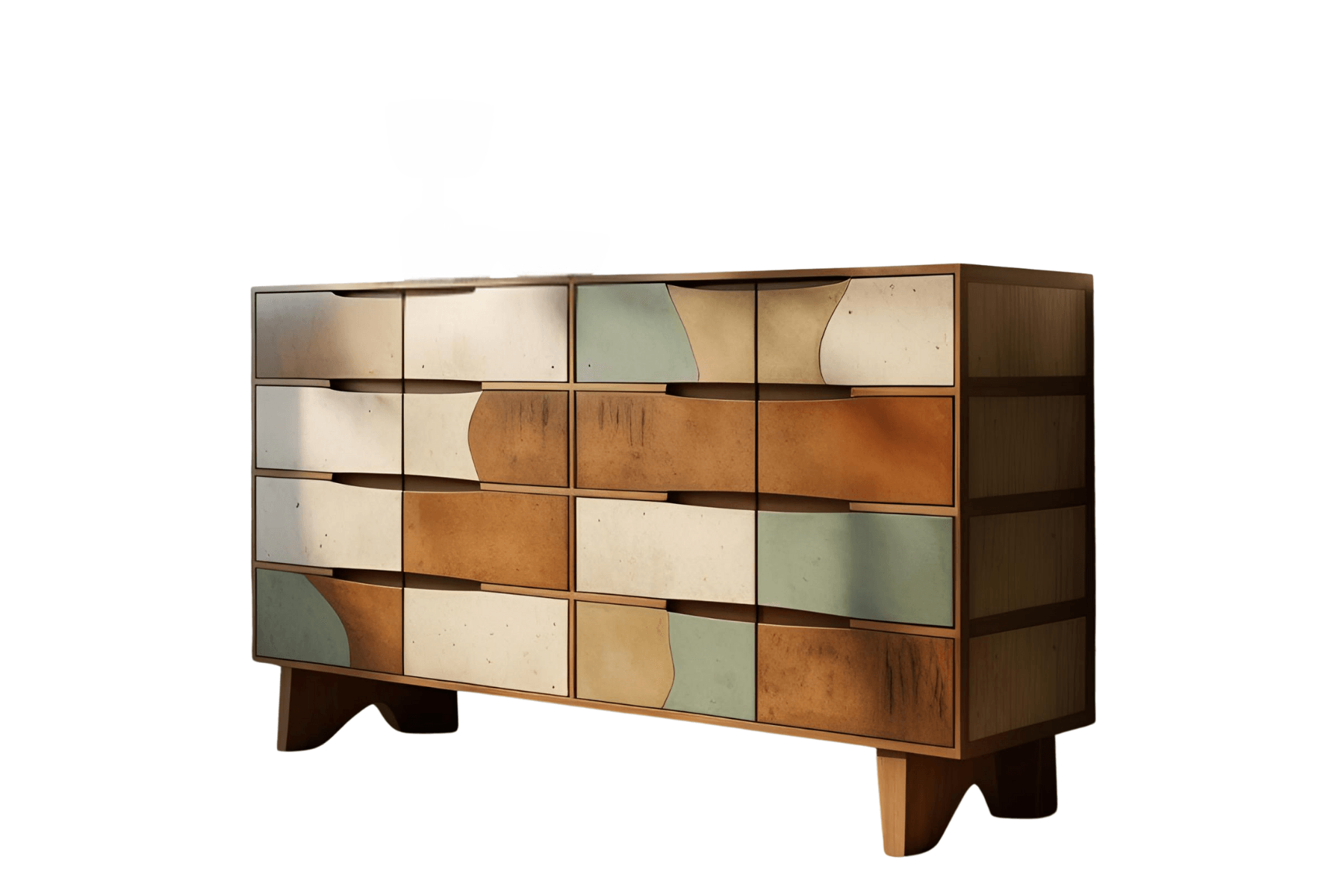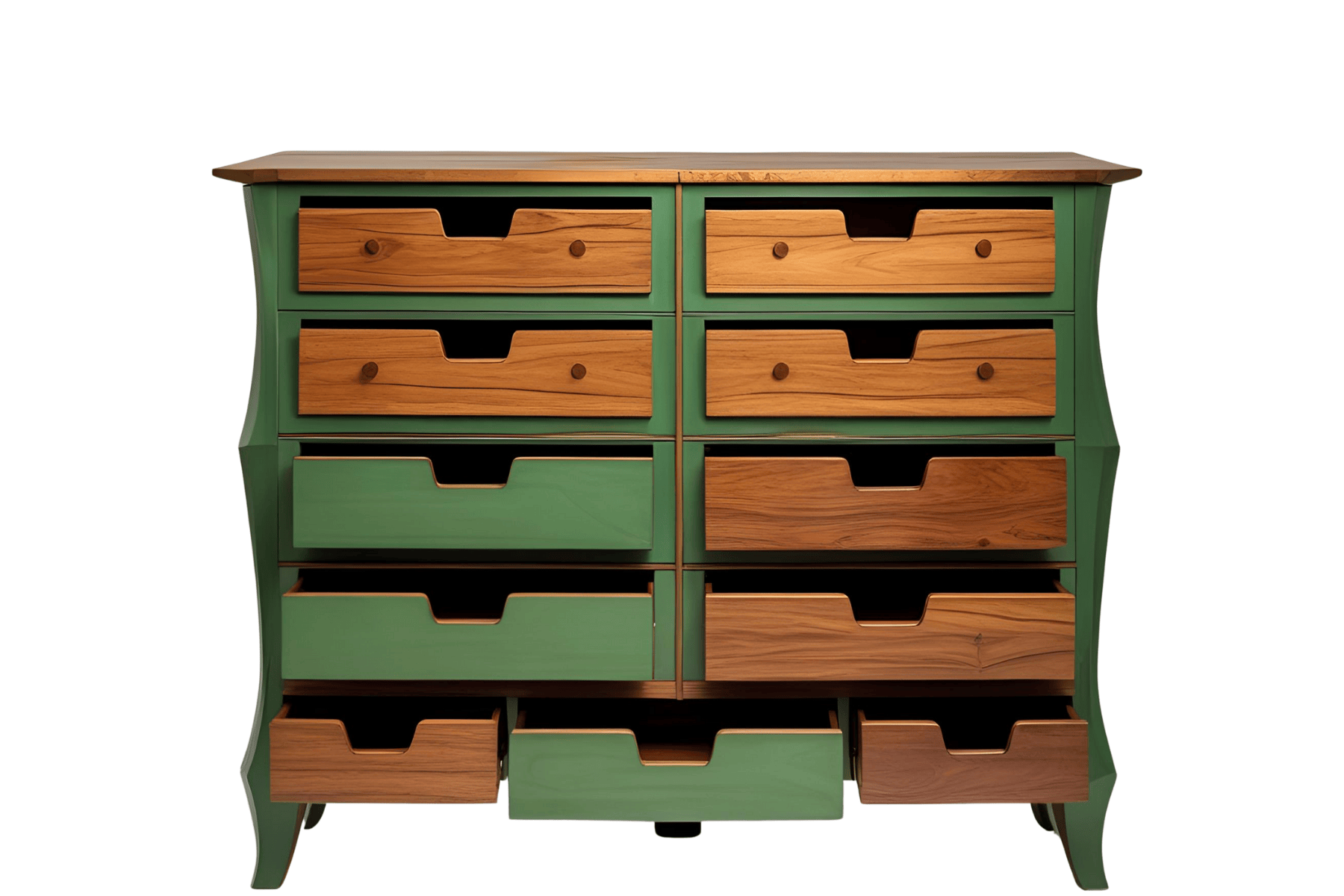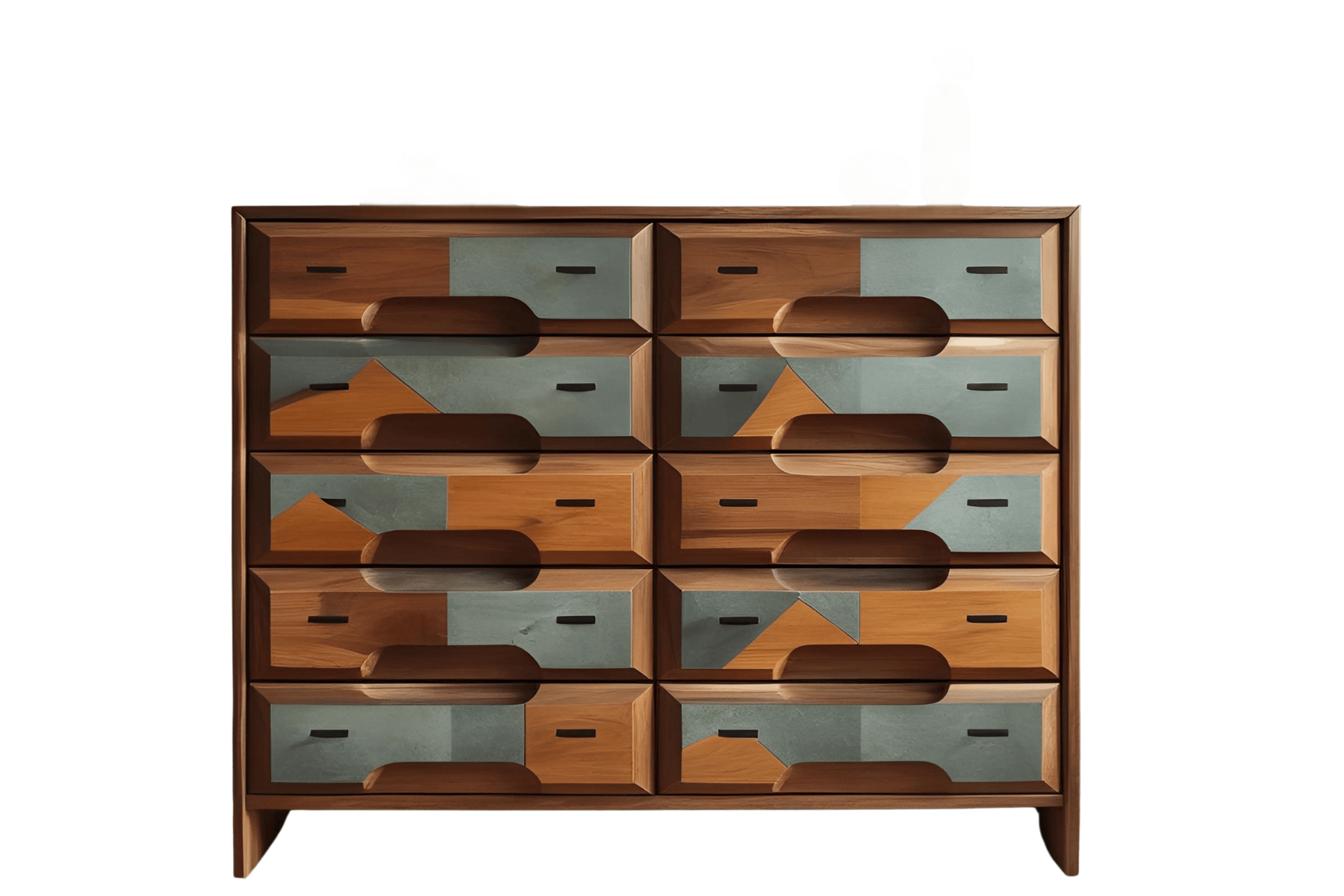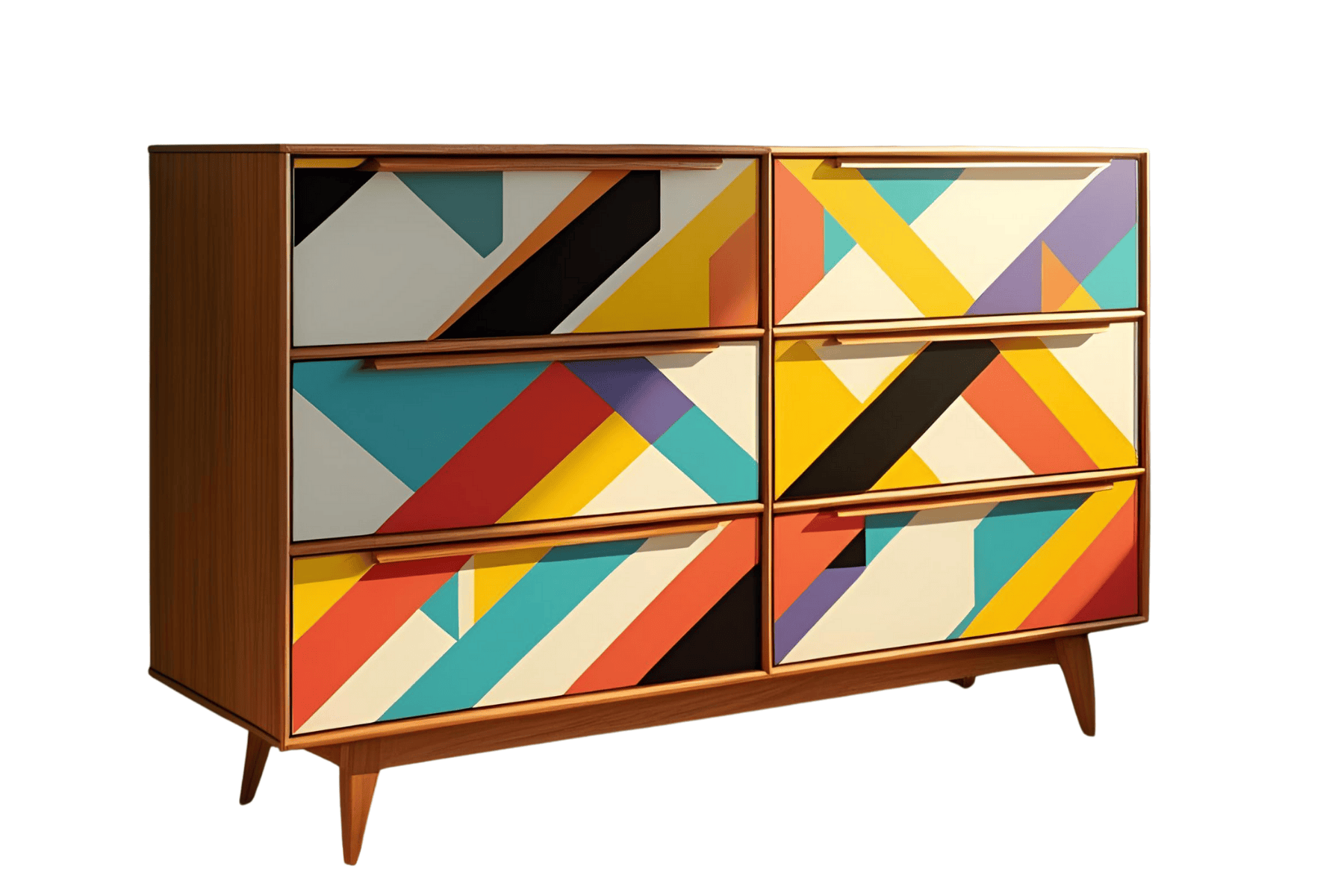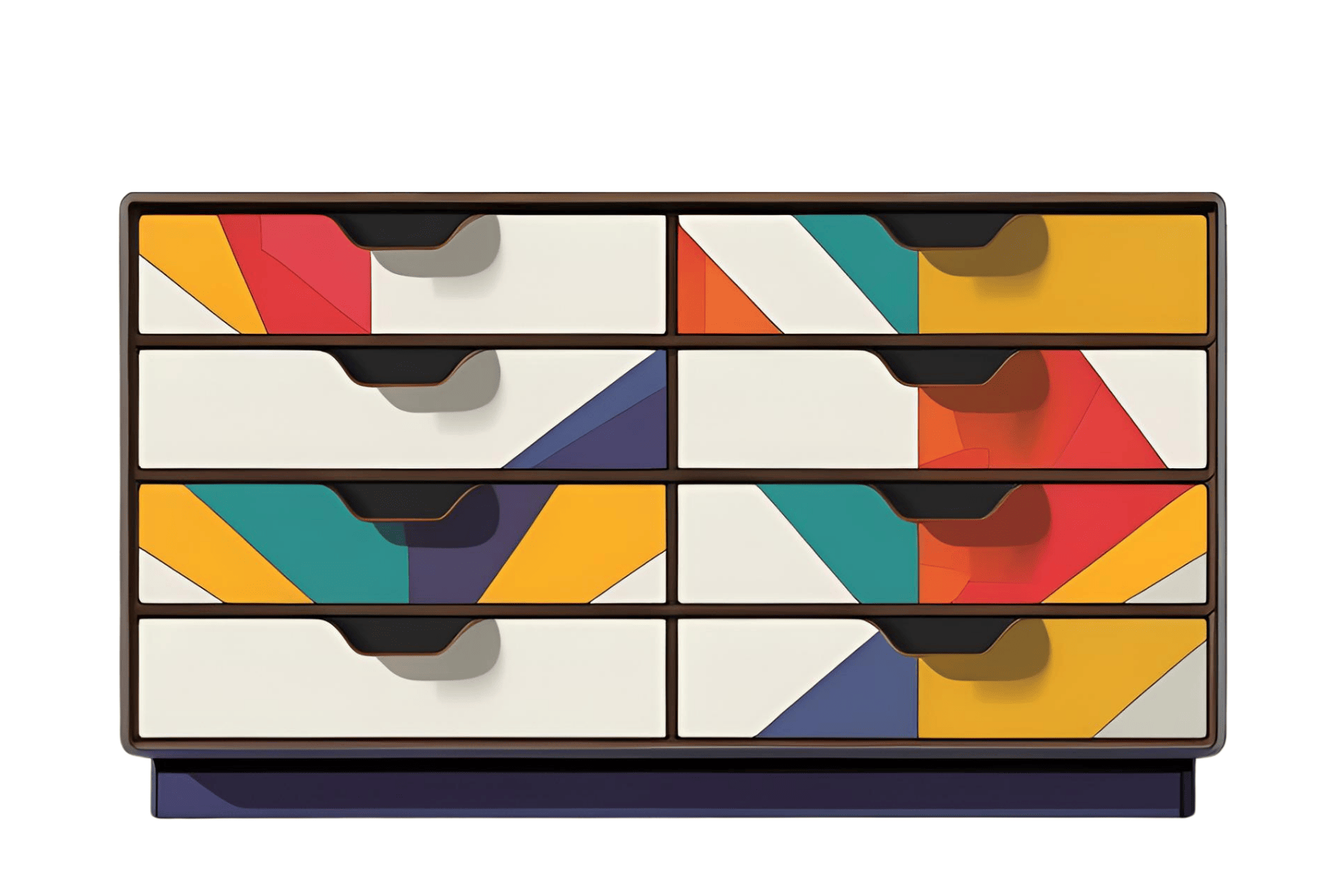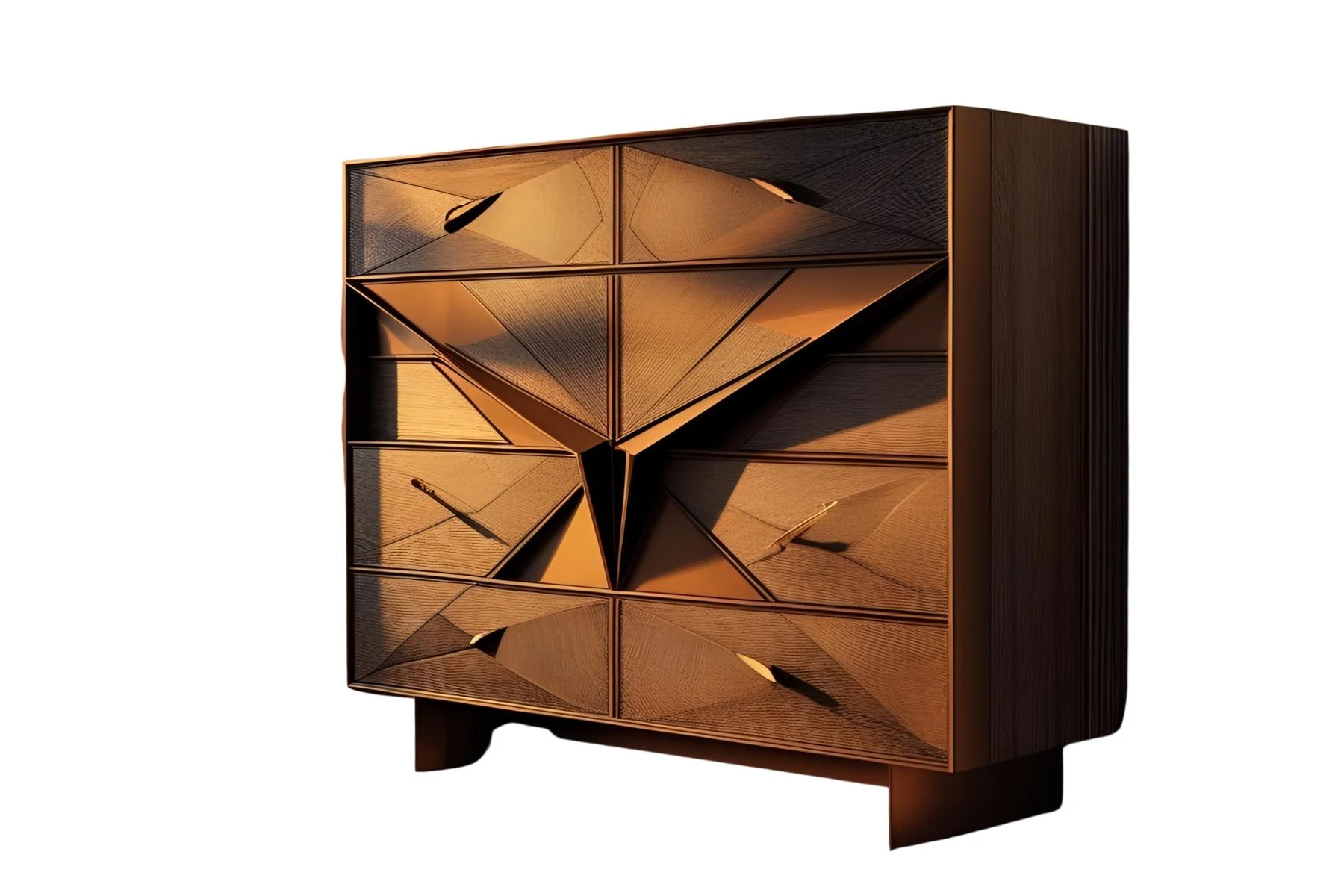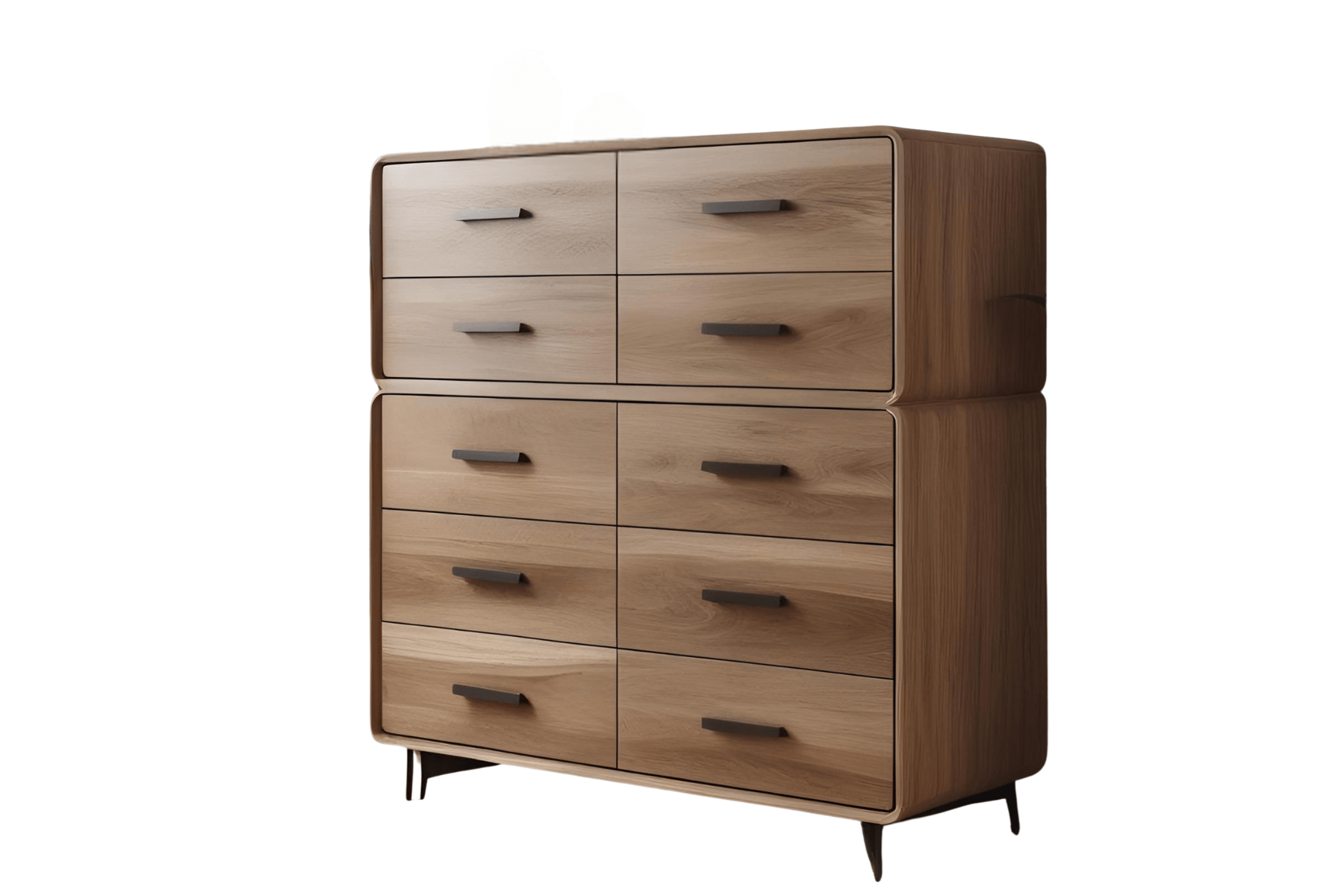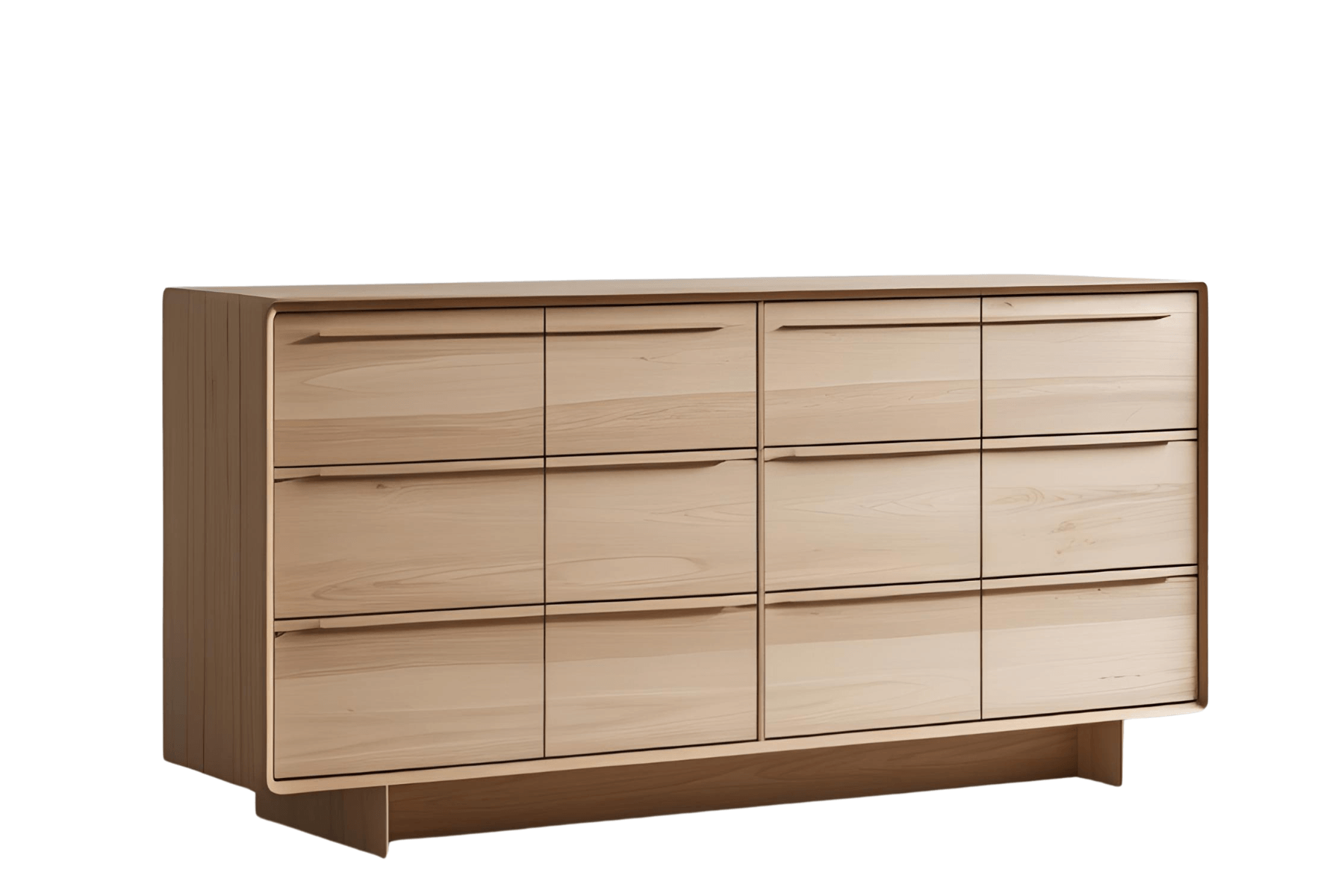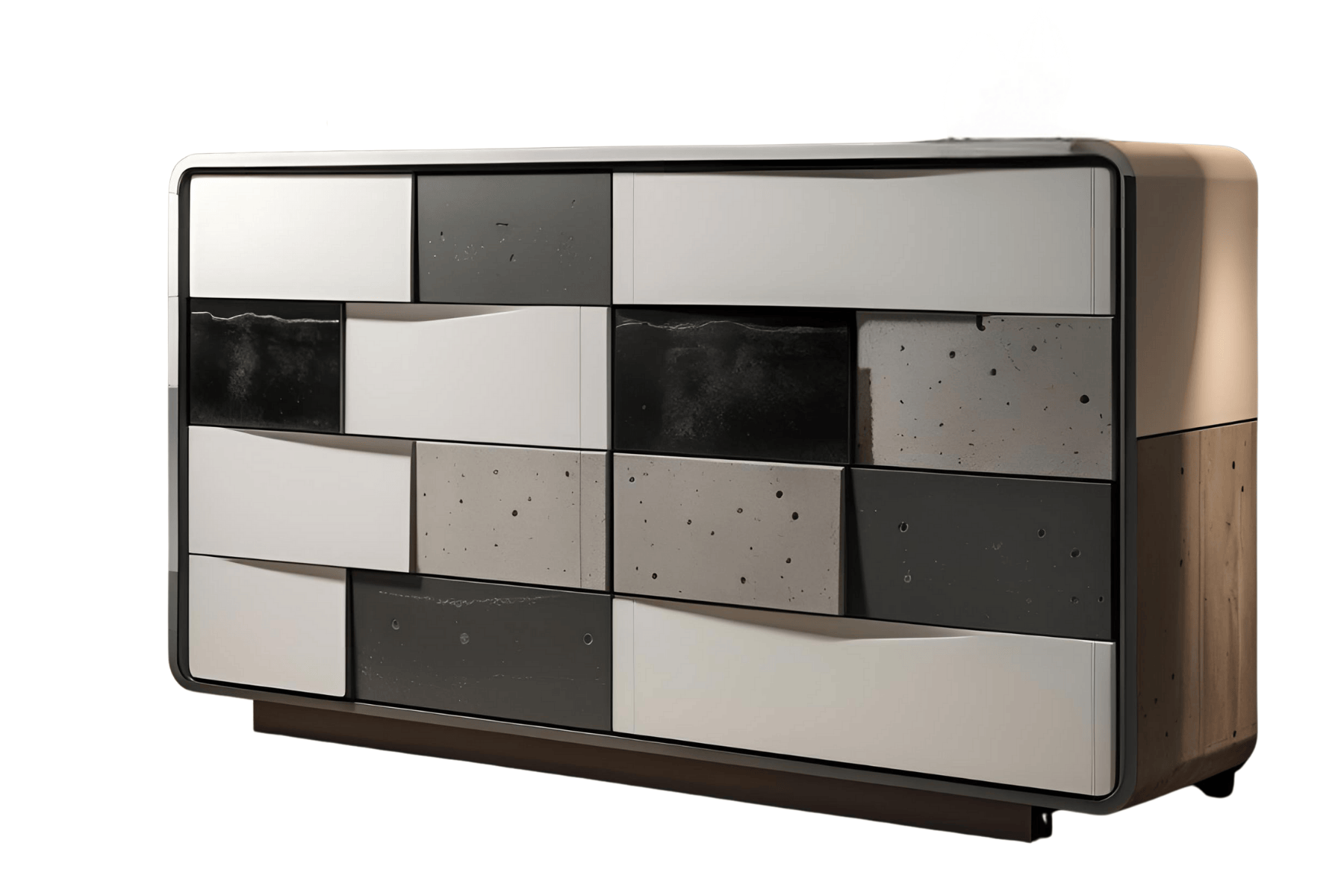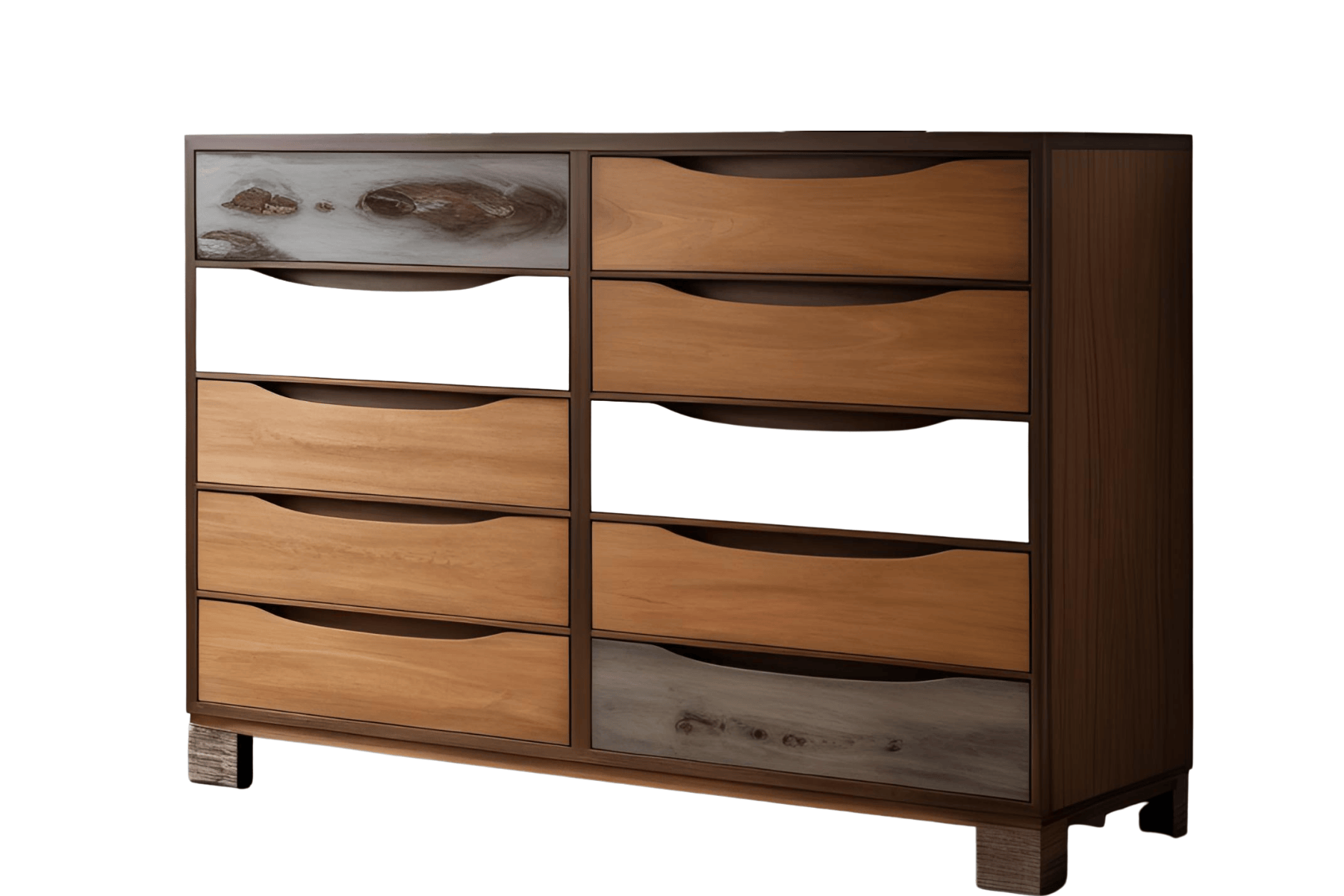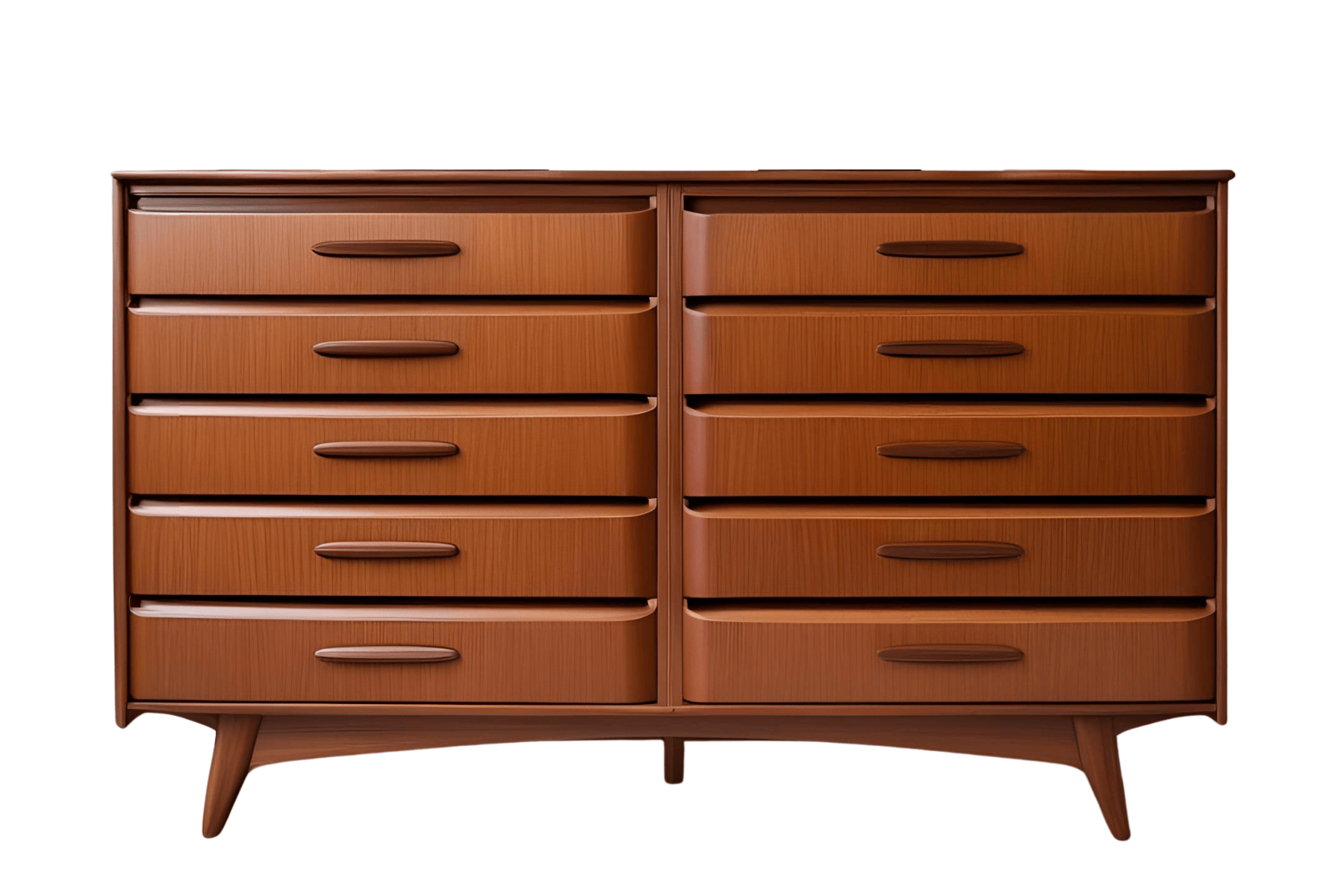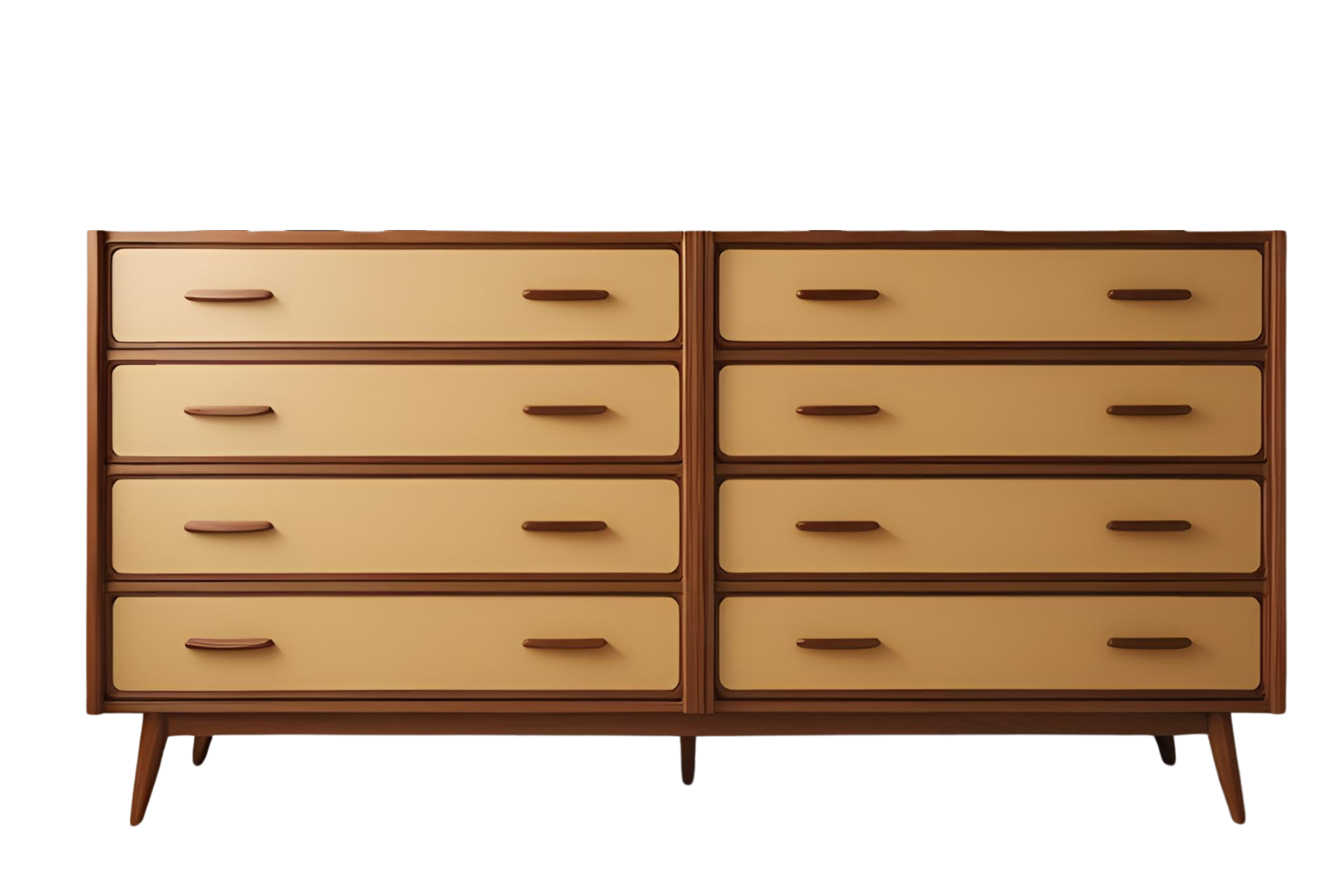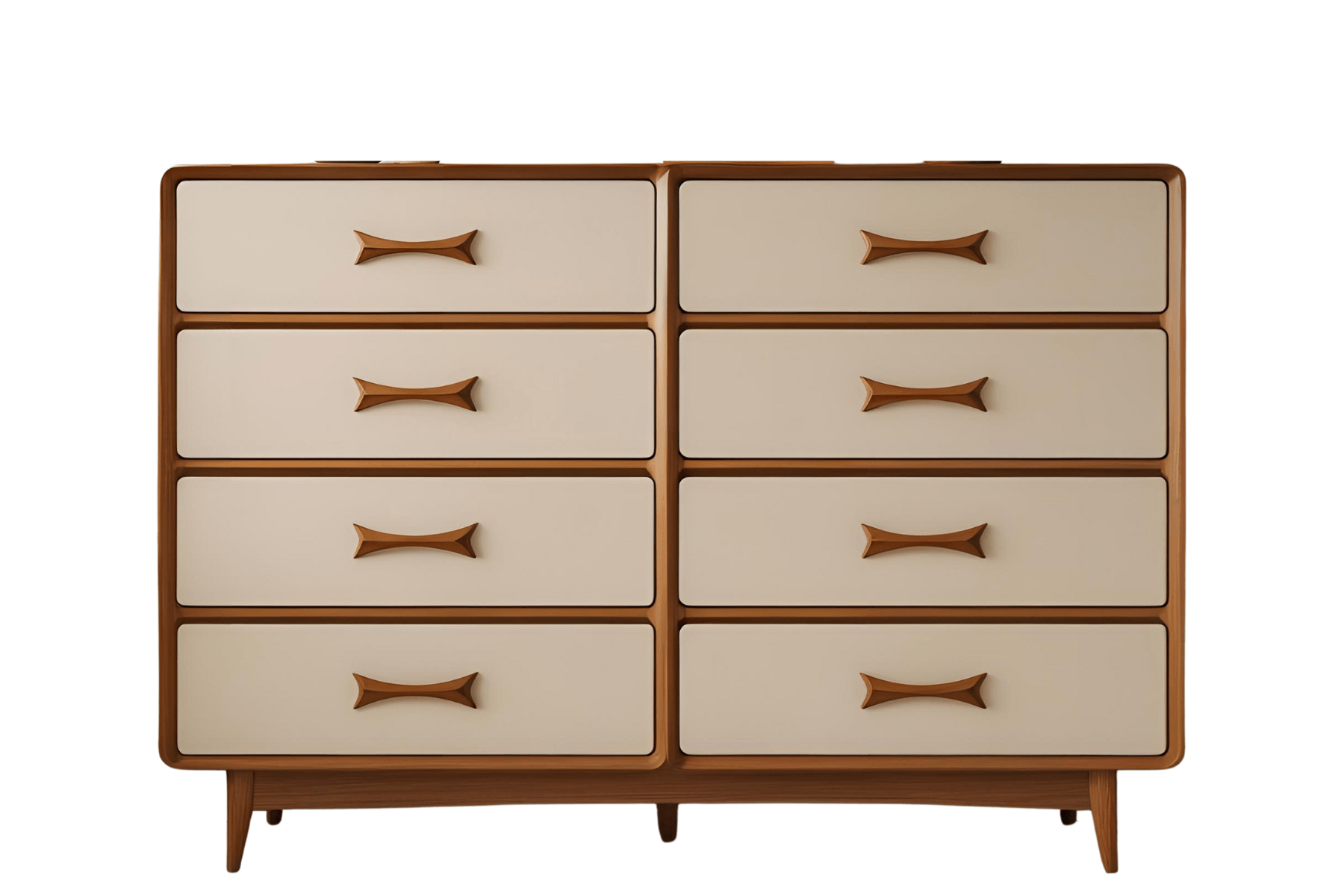8 dresser drawer Gold List: The Ones Worth Your Space
8 dresser drawer Buying Guide for Every Budget and Space
Are you overwhelmed by clothes with nowhere to store them neatly? An 8 dresser drawer might be the hero your bedroom needs. Whether you’re a renter outfitting a first apartment on a shoestring, a new homeowner seeking quality on a mid-range budget, or a luxury design connoisseur craving the best of the best, an 8 dresser drawer offers a stylish solution for serious storage. In this comprehensive guide, we’ll break down what to look for in a dresser across different price levels and room needs. We’ll also provide general tips (and a handy checklist!) from furniture pros on how to choose a quality piece that suits your space and lifestyle. By the end, you’ll know exactly what makes a great 8-drawer chest tick – and you’ll be ready to pick from our curated selection of our top dressers pics (which we’ve divided by budget category for your convenience). Let’s open up those drawers and dive in!
Why an 8 dresser drawer?
Before we talk budgets, let’s quickly note why 8 dresser drawer are so popular. With eight generous drawers, this dresser hits a sweet spot for storage capacity. They can swallow a ton of clothes, linens, or whatever needs tidying – from bulky sweaters to that ever-growing sock collection. The large size also means an 8 dresser drawer often doubles as a significant piece of décor in a room, providing both function and a focal point. Despite the ample storage, they come in various configurations to suit different spaces: some are wide and low (great for doubling as a TV stand or under a window), while others are tall and narrow (to maximize vertical space). In short, if you need more storage but don’t want multiple small chests cluttering your room, an eight-drawer unit consolidates it in one cohesive furniture piece.
Another perk: with so many drawers, you can achieve an ultra-organized look. Imagine dedicating each drawer to a category – socks in one, tees in another, winter scarves in the next – bliss! It’s like having the KonMari method built into your furniture. Now, the challenge is finding the right 8 dresser drawer for you. That’s where understanding budgets and quality comes in.
Budget-Friendly 8 dresser drawer for Renters and First-Time Shoppers
Not everyone has thousands to drop on a dresser – and that’s okay. Budget-friendly 8 dresser drawer can still offer plenty of style and utility without emptying your wallet. This section is for the renters, students, and first-time furniture buyers who need an affordable solution that gets the job done. What should you expect from an entry-level dresser, and how do you make sure you get the best bang for your buck?
Typical Price Range: In the budget category, you’re likely looking at dressers in the low hundreds of dollars (often roughly $200–$500, depending on size and retailer). These pieces are frequently found at big-box stores and online marketplaces. They tend to be mass-produced, which helps keep costs low.
Materials and Build: Most affordable dressers are made with engineered wood (like particleboard or MDF) with a laminate or veneer finish. Don’t be intimidated by the technical terms – engineered wood today can look attractive and help keep costs down. Just know that it’s generally not as sturdy or long-lived as solid wood. Particleboard furniture may only last a handful of years with daily use, whereas a solid wood piece can last for decades. To get the most durability at this price, look for dressers that have solid wood in critical areas (like legs or support frames) combined with engineered wood in the panels. Also, check if the back panel is made of flimsy cardboard or a sturdier material; a thin back is a clue that you’re dealing with a very cheap unit.
Design and Appearance: Budget dressers often have simple, clean designs or popular trendy looks. You might not get fancy detailing or premium hardware, but you can absolutely find attractive styles – from minimal modern lines to farmhouse-chic vibes – at this price. Neutral finishes (white, black, gray) are common and renter-friendly because they blend with many decor styles and can easily be moved to a new apartment. If you’re crafty, you can even upgrade the look of a basic dresser with new knobs or a coat of paint later on.
Quality Clues in Low-Cost Dressers: When shopping for inexpensive options, keep an eye on a few key details that differentiate the flimsy from the decent:
Drawer Mechanism: Many budget dressers use plastic rollers or simple metal slides. These can work fine, but the gold standard is metal ball-bearing glides, even on cheaper pieces. If a product description boasts “metal glides” or “ball-bearing slides,” that’s a good sign for smooth drawer operation. It means you won’t have to play tug-of-war with a sticky drawer every morning. Some assembly-required units even have clever glide systems that snap in easily, which is a bonus.
Assembly Required: Speaking of assembly, budget dressers almost always come flat-packed (hello, instruction booklet and tiny Allen wrench!). Be prepared to spend an afternoon assembling it, or enlist a handy friend. Check reviews or information on how difficult the assembly is before making a purchase. A good manufacturer will include all necessary hardware and clear instructions. If you need extra tools or a drill, the product listing should indicate this. As one furniture guru puts it, always scan the assembly section before buying so you know what you’re in for. Pro tip: Lay everything out and go step by step; a little patience goes a long way in avoiding leftover screws (or pieces!).
Weight and Stability: Budget dressers are often lighter in weight due to the materials used. While easier on your moving crew (or your own muscles on moving day), a lighter dresser may be less stable. If it’s a tall 8-drawer chest, make sure it comes with a wall anchor kit and use it. Many tragedies have resulted from unanchored dressers tipping over. Fortunately, even budget brands today often include a tip-over restraint device for safety – if you see one in the box, be sure to install it. Especially if you have kids or pets that might climb or bump the dresser, wall-anchoring is a must at any price point.
Room Suitability: For renters in small apartments, consider the dresser's footprint. Measure your wall space to ensure an 8-drawer dresser will fit comfortably (including room to open the drawers fully). If your bedroom is tiny, you might opt for a taller, narrower 8-drawer chest rather than a wide double dresser, to save floor space. Conversely, if you need the dresser to double as a TV stand or a shelf for decor, a wide, low-profile design might serve you better. Also, think about how often you’ll move – if you relocate frequently, a lighter flat-pack dresser might be practical, even if it’s less durable, since it’s easier to disassemble and transport. Just treat it gently during moves to maximize the number of reuses possible.
What You Get in This Category: Despite some limitations, entry-level 8 dresser drawers can serve you well for several years. You’ll get plenty of storage for a budget price. The finishes these days often mimic real wood grain or come in stylish colors, so your dresser can look more expensive than it is. Brands in this range compete by offering design flair for less, so take advantage of that. Just manage expectations: the drawers might not glide like a luxury car, and the piece might feel a bit less solid (if you rap on the side, it could sound hollow). But with careful shopping, you can find a reliable piece that doesn’t wobble or look cheap.
Top Picks (Budget Category): Below, we’ve rounded up five of the best budget-friendly 8 dresser drawer that prove you don’t need to spend a fortune to get functional, stylish storage. These picks offer solid value and have great reviews from other renters and first-time buyers. -> Coming soon
Mid-Range 8 dresser drawer for the Savvy Homeowner
Stepping up into the mid-range tier, we enter the land of greater choice and longevity. If you have a bit more to spend – say you’re a homeowner investing in furniture you’ll keep for a while, or you simply want a balance of quality and cost – mid-range 8 dresser drawer can offer significantly better materials and construction without veering into sky-high prices. This is often the sweet spot for value: you might pay somewhere in the upper hundreds to around a thousand dollars for a dresser, but you’re getting a piece that looks good, works smoothly, and will stand up to daily use for years.
Typical Price Range: The ballpark price range is roughly $600–$1,200 (prices vary by brand and region, of course). At this range, many well-known furniture brands and retailers have offerings. You’re likely buying from a furniture store, a department store collection, or a reputable online brand. Often, mid-range dressers go on sale during holiday weekends, allowing savvy shoppers to snag higher-end pieces at a lower price with a bit of patience.
Materials and Build: Expect a mix of solid wood and engineered wood in mid-level dressers. For example, the dresser frame and drawer fronts may be made of solid hardwood (such as oak, maple, or rubberwood), while the side panels or drawer boxes utilize plywood or MDF with a veneer. This combo keeps costs reasonable but dramatically improves durability and heft. Furniture experts say that solid hardwood (particularly quality woods like oak or maple) is a hallmark of a durable dresser, so seeing those materials in the specs is encouraging. Also, mid-range pieces often boast better construction techniques: you’ll commonly find dovetail joints securing the drawer fronts and sides, instead of just cheap staples or glue. Dovetail joinery (those interlocking teeth-like cuts in the wood) has been a sign of quality for ages – it means the drawers are literally carved to fit together and won’t easily pull apart. By contrast, a dresser held together with only staples or basic butt joints can loosen over time.
Another plus in this range: the drawer bottoms and back panels are sturdier, allowing the drawers to hold more weight without sagging (some better dressers add support blocks or center rails to prevent sagging). You might even find dust panels (thin boards between drawers) in mid-tier dressers, which help keep your clothes cleaner and add structural strength. Little touches like that show the manufacturer expects the piece to be actually used heavily, not just looked at.
Hardware and Features: Mid-range dressers often come with upgraded hardware and features that make daily use a joy. Smooth ball-bearing drawer glides become more common (some full-extension slides so the drawer pulls out all the way, letting you reach the very back). The knobs or handles might be nicer material – think brushed metal or decorative pulls instead of plain plastic knobs. You may also start seeing soft-close drawers in this bracket: these use special glides that catch the drawer as you push it in and gently pull it closed the last couple of inches, so no slamming (and no tiny gap left if you don’t push hard enough). It’s a small luxury that, once you experience it, you’ll love. Some mid-range options even include felt-lined top drawers for storing items like jewelry or delicates, as well as adjustable drawer dividers to help with organization. These features aren’t universal, but they’re worth looking for if you want to maximize the value of your investment.
Style and Aesthetics: With a bigger budget, you’ll find a huge variety of styles – and generally a higher level of finish detail. Stains and paint finishes tend to be more refined (no drips or rough patches – everything should be smooth and even). You can find rich wood tones that showcase real grain, or trendy painted finishes that still allow the texture to shine through. Design-wise, whether you love modern, traditional, or mid-century vibes, there’s something in this range. The difference is that a mid-range modern dresser, for example, might have sleeker hardware or a more precise build than a budget knock-off of the style. If you have other bedroom furniture you’re trying to match (say, a bed frame or nightstands), this price tier likely has coordinating pieces available or at least a closer match in quality.
Room Suitability: For homeowners, an 8-drawer dresser in this range is typically intended for a master bedroom or a frequently used guest room. You’ll want to measure your space carefully, especially noting the wall length and the clearance in front for opening drawers. One advantage of investing a bit more is that these dressers can be larger overall, offering deeper or wider drawers. Ensure it will fit not only the room, but also through your doorways and up the stairs upon delivery. (Pro tip: Measure the box dimensions if buying assembled, or the flat-pack dimensions if DIY assembling in-room. It’s no fun to discover your fully built dresser won’t make the turn in a narrow hallway.)
If you have a specific room need, mid-range options are broad. For example, if this dresser is for a couple sharing storage, look for a double dresser style (usually wide, with columns of drawers side by side – each person gets a side). If it’s for a kid’s or teen’s room, a mid-range price might seem pricey, but consider that a well-built dresser can last them from kindergarten to college – whereas a flimsy one might fall apart by middle school. Additionally, safety is a concern: many mid-priced dressers include anti-tip kits, which must be used in kids’ rooms. Even some mid-range units have built-in drawer stops that prevent a child from yanking a drawer completely out – a great feature for peace of mind.
Longevity and Value: Here’s where mid-range shines. A carefully chosen piece in this category can truly be a 10+ year dresser, maybe even a “buy it for life” piece if you treat it well. The combination of solid wood elements, quality joinery, and better hardware means it can handle frequent opening and closing without knobs coming loose or drawers jamming. If a glide ever does break, it’s usually replaceable. From a value perspective, while the upfront cost is higher, you likely won’t need to replace it for a long time (if ever). It may also better withstand a move without damage, thanks to its sturdier construction.
What You Get in This Category: In summary, a mid-level 8-drawer dresser should give you reliability and style. It’s the kind of piece where you feel the solidity when you tug the drawer (no ominous wobble or sway), the drawers align perfectly, and the finish looks just as good close-up as it did online. You can expect the dresser to hold heavier clothing items (like lots of jeans or sweaters) without shelves bowing or drawers sticking. It’s built for daily living.
Top Picks (Mid-Range Category): Up next, we’ve selected five excellent 8 dresser drawer that epitomize mid-range quality and design. These picks offer durable construction (some even in solid wood), refined looks, and great functionality – perfect for those ready to invest a bit more for furniture that lasts. -> Coming soon
Luxury 8 Dressers for High-End Tastes
Now we enter the realm of the luxury 8-drawer dresser – where craftsmanship, premium materials, and often brand pedigree come into play. This section is for the buyers who seek the best of the best, whether that’s a show-stopping dresser as a master bedroom centerpiece, a designer name, or simply an heirloom-quality piece of furniture. If budget isn’t your primary constraint (or you’re considering this as a long-term investment), here’s what the high-end offers.
Typical Price Range: Luxury dressers can vary widely, but expect prices above $1,200, which can easily range into several thousands of dollars for top designers or custom pieces. At this tier, you might be shopping at upscale furniture boutiques, through interior designers, or even considering custom-made or artisanal furniture makers. It’s not unheard of for a high-end dresser to cost $3,000–$5,000 (or more), especially if it’s a notable brand or a one-of-a-kind antique. The sky’s the limit here – but even within luxury, we’ll focus on getting true quality for the price.
Materials and Craftsmanship: In the premium range, solid wood is king. You can expect high-quality hardwood throughout – think oak, walnut, maple, cherry, or even exotic woods – often with carefully applied stains or finishes that accentuate the natural beauty of the grain. The construction will almost certainly include dovetail (or comparable) joints in the drawers, reinforced corners, maybe even handcrafted touches. For example, an Amish-made or hand-built dresser might use traditional mortise-and-tenon joints and be assembled by skilled craftspeople rather than a factory line. The drawers may have cedar linings (to impart a pleasant scent to your clothes and deter moths) or felt-lined jewelry drawers. The finish on a luxury dresser isn’t just slapped-on varnish; it may be a multi-step, hand-rubbed process, resulting in a depth and luster that you can see and feel.
Design & Detailing: Here’s where luxury pieces truly distinguish themselves. Not only is the build solid, but the design details are often exquisite as well. You might find dressers with carved accents, inlaid wood patterns, or custom hardware. Perhaps a Hollywood-glam inspired dresser with mirrored drawer fronts and crystal knobs, or a heritage oak piece with wrought iron handles and intricate moldings. Many high-end dressers are essentially functional art. Even if the style is minimalist, the proportions and finishes will be refined to a level that surpasses what cheaper versions can achieve. Another aspect: limited editions or designer collections. You could be looking at a piece by a famous furniture designer or a luxury brand that holds its value (or even becomes a collectible).
Features: One might assume a dresser is a simple piece of furniture – but luxury models can pack in thoughtful features. We’re talking extra-smooth full-extension slides (the kind that glide like butter and maybe even self-close softly at the end), drawer dampers to prevent any wood-on-wood grinding, and top-notch hardware that is a joy to touch. High-end dressers often feature built-in, hidden drawers or compartments for storing valuables. Some have velvet-lined sections for jewelry or watches, sliding trays, or even integrated lighting in drawers (yes, that exists!). At the very least, a premium dresser will include all the quality features we expect, such as dust panels between drawers, internal corner blocks for added strength, anti-tip mechanisms, and a strong manufacturer's warranty.
Longevity and Heirloom Potential: Make no mistake - a quality luxury dresser can last for generations. This is the kind of piece you might hand down to your children someday. Due to their superior materials and construction, these dressers can withstand a beating and actually age gracefully. For instance, a solid mahogany dresser may develop a lovely patina over the course of decades. Or, if it’s a timeless style, it could be refinished years later to match new decor – solid wood allows for that flexibility (you can strip and restain it, something you can’t do with a laminate particleboard piece). In terms of value, some high-end furniture, especially iconic designs, can retain or increase in value. However, the payoff is generally in long-term enjoyment and reliability. As one interior designer's advice goes: don’t be afraid to spend a little more to get one that’ll last for years – this definitely applies here.
Room Placement: A luxury 8-drawer dresser is ideally suited for a primary bedroom or dressing area, where it can truly shine. If you have a spacious walk-in closet or dressing room, a high-end dresser can elevate that space to boutique status. For luxury clients, considerations might include coordinating the dresser with custom-built cabinetry or other high-end pieces. Even in a luxury space, remember the practical: measure the room and ensure the piece fits through entryways. These dressers can be extremely heavy (solid wood and quality hardware add weight), so delivery often requires professionals. Luckily, at this price point, white-glove delivery is often part of the deal.
One more note: if you’re investing in a luxury piece, consider its style longevity. Many premium dressers are made in beautiful but very distinct styles – make sure it’s a look you love and can live with long-term, since this dresser will likely outlast any fleeting trend. Classic designs (e.g., a well-made mid-century modern or a French provincial style) tend to have staying power. Of course, if you fall in love with a bold artistic piece, that’s valid too – your home should make you happy.
What You Get in This Category: In a word: excellence. A high-end 8-drawer dresser should wow you the moment you see it and continue to impress every time you use it. The drawers will operate flawlessly; they might even make that satisfying whoosh of air indicating a tight, expert fit. The finish and build will be furniture-store-showpiece quality. There will be no rough edges, no unfinished underside – every inch is considered. You can expect superior customer service from the retailer or maker, and often, customization options are available (such as selecting a wood finish or hardware style). Essentially, you’re paying for top-quality materials, skilled labor, and sometimes brand prestige. For those who can afford it, the difference is noticeable.
Top Picks (Luxury Category): We’ve identified five outstanding 8-drawer dressers that cater to luxury buyers. Each of these is a premium piece with its own unique appeal – be it handcrafted quality, designer style, or cutting-edge features. If you’re ready to splurge on the ultimate dresser, these selections are a great starting point for your consideration. -> Coming soon
General Buying Tips for Choosing the Right 8 dresser drawer
No matter if you’re on a lean budget, mid-range, or luxury, some universal tips apply when shopping for an 8 dresser drawer. Consider this your dresser-buying playbook, distilled from professional interior designers and furniture experts:
Measure Your Space (and Doors!): This may sound obvious, but it’s often overlooked. Measure the floor space where the dresser will be placed, including its width, depth, and height (especially if you have low windowsills, sloped ceilings, or wall sconces to consider). Also measure clearance in front: you need roughly the depth of the drawer plus a foot or two to comfortably kneel or stand while opening it. Crucially, measure any doorways, stairwells, or elevators that the dresser must pass through during delivery. A common mistake is buying a wide dresser that technically fits in the room, but can’t be maneuvered down a narrow hallway. If you're buying an assembled dresser, compare the dresser’s carton dimensions to your door width. When buying RTA (ready-to-assemble), you have more flexibility in selecting the pieces, but ensure the assembled size works with the room’s layout.
Consider the Room Type and Usage: Think about who will use this dresser and where it will be placed. For a master bedroom, consider a longer dresser that can also serve as a TV console or a display surface for photos and decor. For a child’s room or nursery, consider a shorter dresser (easier to access and less prone to tipping) and one that can double as a changing station by adding a topper. If it’s for a guest room, you could opt for a stylish piece that complements the room’s decor but maybe doesn’t need ultra-heavy-duty construction (since it won’t see daily use). On the other hand, a dresser in a high-traffic household (with lots of kids rummaging, etc.) should prioritize sturdiness and safety – perhaps a mid-range, solid wood unit anchored securely to the wall.
Match to Your Existing Furniture – But Don’t Obsess: You’ll want your new dresser to complement the style of your other pieces, but you don’t necessarily need an exact match (unless you love a uniform set). Many designers actually mix and match dresser styles with bed frames or nightstands to achieve a curated look. Focus on a common element: perhaps the wood tone echoes your headboard, or the metal of the hardware matches your lighting fixtures. Since our focus here is not on style per se (remember, we avoided design styles earlier), just choose something that you find beautiful and fitting for your room’s vibe. An 8-drawer dresser is big – it will draw attention – so pick a piece you’ll enjoy looking at every day.
Plan the Delivery or Assembly: For large furniture like this, logistics are crucial. If it’s coming assembled, clear the path and the space for it ahead of time. If you’re assembling it, do it in the room it will live in (to avoid having to move it far after assembly). Lay down a rug or blanket while assembling to protect both the dresser and your floors. And if the instructions suggest two people, trust that – some dressers are too unwieldy to build or flip upright solo. If DIY isn’t your forte, budgeting a bit extra for assembly service (or a TaskRabbit hire) might save your sanity.
Check Return Policies and Warranties: When ordering online, especially, ensure you understand the return policy. Dressers are heavy and can be costly to return or ship. Some companies might charge restocking fees. It’s wise to read reviews not just for product quality, but also for any notes on how the company handles issues such as missing parts or damage. A warranty can also provide insight into quality: a longer warranty (such as 5-10 years or lifetime coverage on certain parts) signals confidence in durability. At a minimum, ensure there’s some guarantee against defects upon arrival.
Think Long Term: If you foresee your needs changing, choose a dresser that can be easily adapted. For example, a quality mid-range dresser in a neutral style could move from your starter apartment to a future guest room, rather than being discarded. Or a high-end piece might become a family heirloom. Even a budget dresser could serve a different function later – some folks repurpose dressers as entryway storage or dining room sideboards. So, while shopping, imagine the piece in various contexts. Versatility is a plus.
Don’t Skimp on Safety: We’ve said it before, but it bears repeating: always secure tall dressers to the wall with the provided anti-tip kit. If your dresser doesn’t include one, you can buy inexpensive anti-tip brackets separately – it’s a small investment for immense peace of mind. Also, distribute weight in the drawers wisely (heavier items in lower drawers) to keep the center of gravity low. Many jurisdictions have updated safety standards for clothing storage units, so newer models should conform to stability requirements – but an anchor is still your best defense. If you have very young kids, consider using childproof latches so they can’t open drawers and climb (temporarily, of course – no one wants to struggle to open their own dresser daily).
Eco-Friendly and Health Considerations: If these matter to you, look into what the dresser is made of beyond just “wood.” Solid wood with non-toxic finishes is best for indoor air quality. Cheaper engineered woods can off-gas formaldehyde or VOCs from glues and finishes (that “new furniture smell” isn’t so great for your lungs). Some brands now offer dressers that are GREENGUARD certified or use low-VOC lacquers. Also, sustainable sourcing (like FSC-certified wood) might be a factor if you’re environmentally conscious. High-end and some mid-range manufacturers often highlight these points.
Budget vs. Quality Balance: Remember the old saying: "You get what you pay for." A super-cheap 8-drawer dresser may save you money now, but could have a shorter lifespan or cause daily frustration (wobbly drawers, peeling laminate, etc.). Conversely, a very expensive piece should justify its cost in terms of quality and longevity. It’s wise to align your budget with your expectations. If it’s for short-term use (e.g., a one-year rental), consider a budget option and save up for a better one when you settle down. If it’s for your forever home, investing more upfront can save money in the long term because you won’t need to replace it. Also, keep an eye out for sales on mid and high-end pieces – sometimes a higher-tier dresser can fall into your price range when discounted.
Quality Checklist: How to Spot a Well-Made 8 dresser drawer
When you’re comparing options, use this handy checklist to evaluate the quality of any 8 dresser drawer (print it out or save it on your phone for furniture shopping trips!):
☑ Sturdy Construction: Is the dresser made of solid wood or high-quality plywood/veneer combination? Give it a gentle shake – a good dresser should feel solid, not rickety. The frame should have reinforcements, such as support blocks or center legs, if it’s very wide. Avoid pieces that visibly flex or wobble even when empty.
☑ Quality Drawer Joints: Open a drawer and look at how the front is attached to the sides. Do you see interlocking dovetail joints or robust screws/wooden dowels? Excellent! Dovetails (or similar joinery) are a mark of craftsmanship and strength. Beware of drawers that are just glued or stapled together at the corners – those joints can fail under weight. No one wants a drawer front that pulls off in your hand.
☑ Smooth Drawer Glides: Test the drawers (in-store if possible, or rely on reviews for online buys). They should slide out smoothly and evenly. Ball-bearing metal glides are ideal for a smooth, quiet operation. If the drawer has wooden runners, see that they aren’t rough or causing friction. Drawers should also have stops – a mechanism or design that prevents them from accidentally being pulled all the way out and dumping their contents on your feet.
☑ Drawer Alignment: When closed, all drawers should sit flush and even. Big gaps or misaligned drawers indicate shoddy build. On a quality dresser, the spacing around each drawer front will be relatively tight and consistent. Misalignment can also cause rubbing between drawers, which you don’t want.
☑ Interior Finish & Features: Peek inside. Are the drawer interiors sanded smooth and possibly sealed or lined? Felt-lined top drawers are a bonus for delicate items. Check the drawer bottom panel: is it thick and sturdy or a flimsy piece of board? Better dressers use thicker bottoms or add support bars to prevent bowing over time. Some top-notch pieces include dust panels between drawers, which is a sign of a truly well-thought-out design (no more dust bunnies infiltrating the lower drawers!).
☑ Hardware & Knobs: Inspect the handles/knobs and any metal hardware. Are the knobs securely attached with screws (not glued on), and made of metal, glass, or wood instead of cheap lightweight plastic? Do drawer pulls feel firmly anchored when you tug? Quality hardware not only looks better, but it also stays in place and won't strip or break with use. Bonus: If you love the dresser but not the knobs, those are relatively easy to swap out for a personal touch – just make sure the replacement knobs cover any existing holes or marks.
☑ Finish Quality: Run your hand over the dresser’s surface (or examine it closely). A well-finished dresser will have no rough spots, no bubbling or peeling, and no strong chemical odor. The color or stain should be even, with the wood grain enhanced if it’s a natural wood piece. Check around edges and corners – the finish should wrap those areas, not stop abruptly on visible corners. If it’s a painted piece, check that all areas (even inside edges of drawer openings) are painted consistently. Little details here separate the great from the just okay.
☑ Weight and Substance: Generally, a heavier dresser is a sign of more wood content and a sturdier build. If you can easily lift one end of the dresser, it might be mostly made of hollow board. While weight alone isn’t everything (some modern designs are lighter yet strong), a substantial feel often correlates with quality. Some experts say to “weigh it up” – if a large dresser feels unexpectedly light, parts of it may be cheap material. On the other hand, if it’s extremely heavy for its size, ensure it’s due to solid wood, not just a ton of dense particleboard.
☑ Functional Extras: Consider if the dresser includes any extra features that add to the quality of life. Examples: soft-close drawers (which glide shut silently even with a gentle push), adjustable feet (to level the unit on uneven floors), and anti-tip hardware (many include a simple bracket kit – use it!). At the luxury end, extras could be cedar drawer linings or secret compartments. These aren’t must-haves for basic function, but they indicate a higher level of design and can tip your decision when comparing two pieces.
☑ Professional Reviews or Recommendations: If you’re investing a lot in a dresser, see if it’s reviewed by credible sources or recommended by designers. We’re not looking for brand names here, but sometimes an expert guide (like a “best dressers” list or a forum recommendation) can validate that a particular model is well-made. Just ensure they’re not sponsored-only opinions. Independent reviews often mention build quality specifics – use those insights to your advantage.
By running through this checklist, you can shop more confidently and avoid buyer’s remorse. A dresser is a big purchase, literally and figuratively, so it’s worth taking the time to scrutinize the options.
Final Thoughts
An 8 dresser drawer is more than just a piece of furniture; it’s a daily organizing companion and a visual anchor in your room. Whether you lean towards a budget-friendly model to get started, a mid-range pick for the perfect balance of price and quality, or a luxury statement piece to cherish for a lifetime, the ideal dresser is out there waiting for you. Remember that the best dresser for you is one that fits your budget, suits your storage needs, and brings a smile to your face whenever you use it. Armed with the tips and insights from this guide, you’re now prepared to evaluate dressers like a pro – inspecting joints, glides, and finishes with a keen eye.
Ultimately, the right choice comes down to a blend of practical considerations and personal preference. Take your time, do your research, and don’t settle for a dresser that’s “almost” what you wanted. The perfect 8 dresser drawer will reward you with a clutter-free, stylish space and hassle-free storage for years to come. Here’s to finding that just-right piece that ticks all the boxes (and holds all the socks)! Happy dresser hunting, and may your next furniture find be a fabulous one.


